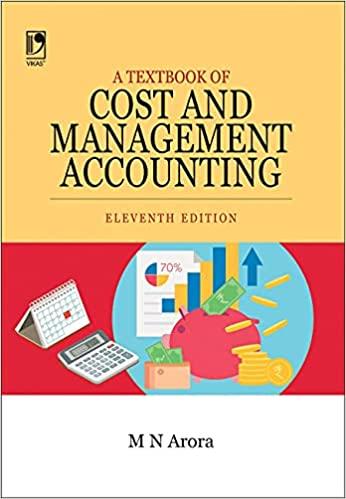


Kershey was the chief airplane mechanic at the company's hangar at the Akron-Canton Airport in Ohio from 1990 until he was discharged by Smucker in 2013. From 1997 until the time he left Smucker, Kershey invoiced Smucker for more than $4.1 million by using a fictitious entity he created. He billed Smucker for nonexistent parts and/or work that he himself actually performed as part of his duties as a salaried employee. Most of these invoices were for less than $10,000, which Kershey himself was authorized to approve. A supervisor to Kershey approved the few invoices that were for more than $10,000 based on his trust in Kershey. To carry out his false billing scheme, Kershey set up a post office box in Lake Township, Ohio, using the fictitious entity name of Aircraft Parts Services Co. (APS). He (as APS) would then invoice Smucker using nonsequential invoice numbers, so it looked like APS was invoicing other companies too. Kershey used the proceeds to purchase and maintain two planes and several automobiles, and to make payments on his house. Kershey was eventually caught in late 2012 when three checks written by Smucker to APS totaling $44,000 were not cashed. When a Smucker employee questioned Kershey about the uncashed checks, Kershey indicated that APS had been sold to another Smucker vendor. The false billing scheme began to unravel and Kershey was fired. Print Done Mark Kershey, a former Smucker employee, was charged with defrauding the J.M. Smucker Company of more than $4.1 million over a 16-year period. Charges were filed in October 2014. In 2015, Kershey was sentenced to nearly five years in prison. (Click the icon to view additional information.) Read the requirements. Requirement 1. What internal controls could have been used to prevent Kershey from carrying out the false billing scheme? . . An annual independent audit by the company's CPA might possibly There should have been separation of duties select some of these invoices for inspection and verification Kershey should not have been allowed to approve the invoices The internal audit department at Smucker should audit off-site employees. Requirement 2. What factors might have contributed to the weak internal control environment that allowed this scheme to exist for 16 years? (lf an input field is not used in the table, leave the field empty; do not select an answer.) Lack of: Lack of: adequate job records compliance monitoring job rotation limited access to records and assets mandatory vacation proper approvals









